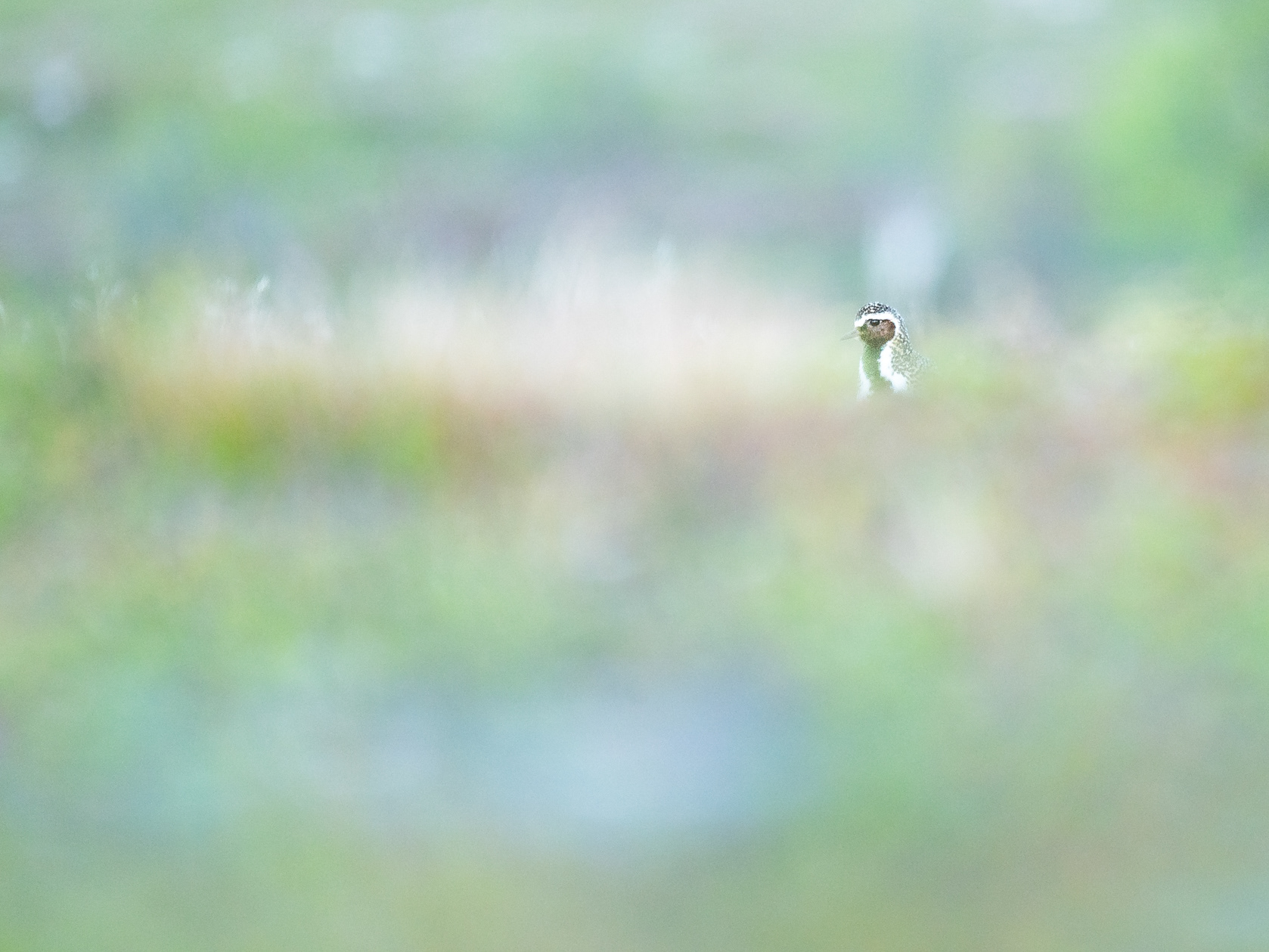
Birds from the North I - The Golden Plover
Since I've been traveling to the far north, Sápmi, for the past four years and haven't shared much about it, I thought it would be nice to occasionally highlight a bird species from this region. I'll start with the golden plover, one that will never leave my side during my hikes through the beautiful, "empty" landscape.
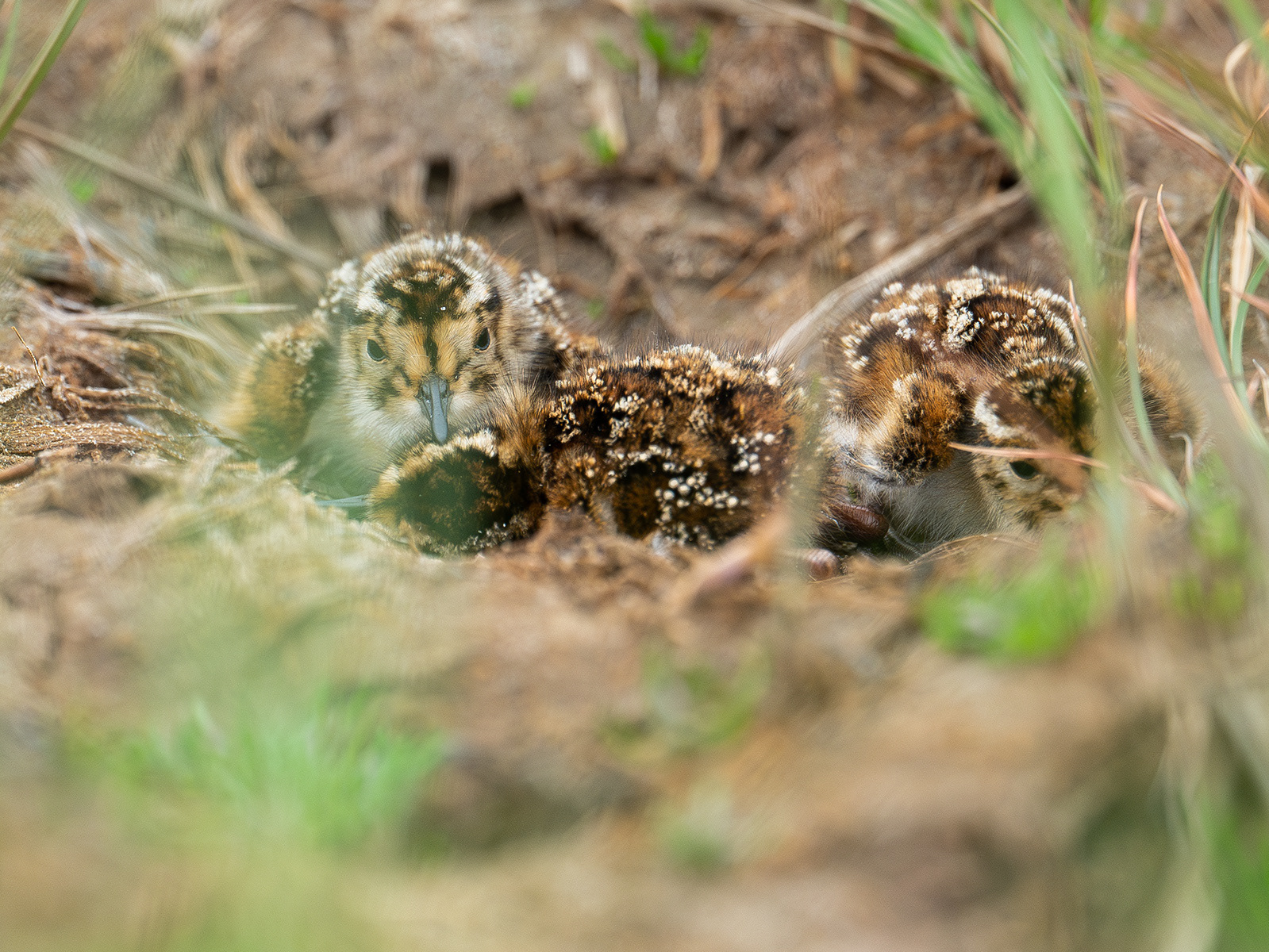
SOS Baltic dunlin
The dunlin is a shorebird found across much of the northern hemisphere. Among its several subspecies, one stands out for both its uniqueness and its fragility: the southern dunlin — or, in scientific terms, Calidris alpina ssp. schinzii. While many know the dunlin as a familiar wader on migration through Western Europe, the southern dunlin is now critically endangered in the coastal meadows around the Gulf of Bothnia. For over twenty years, a dedicated team at the University of Oulu has been working to understand the reasons behind its alarming decline. For the past two years, I’ve had the opportunity to join that team and see firsthand how dunlin conservation works. Join me on this journey!
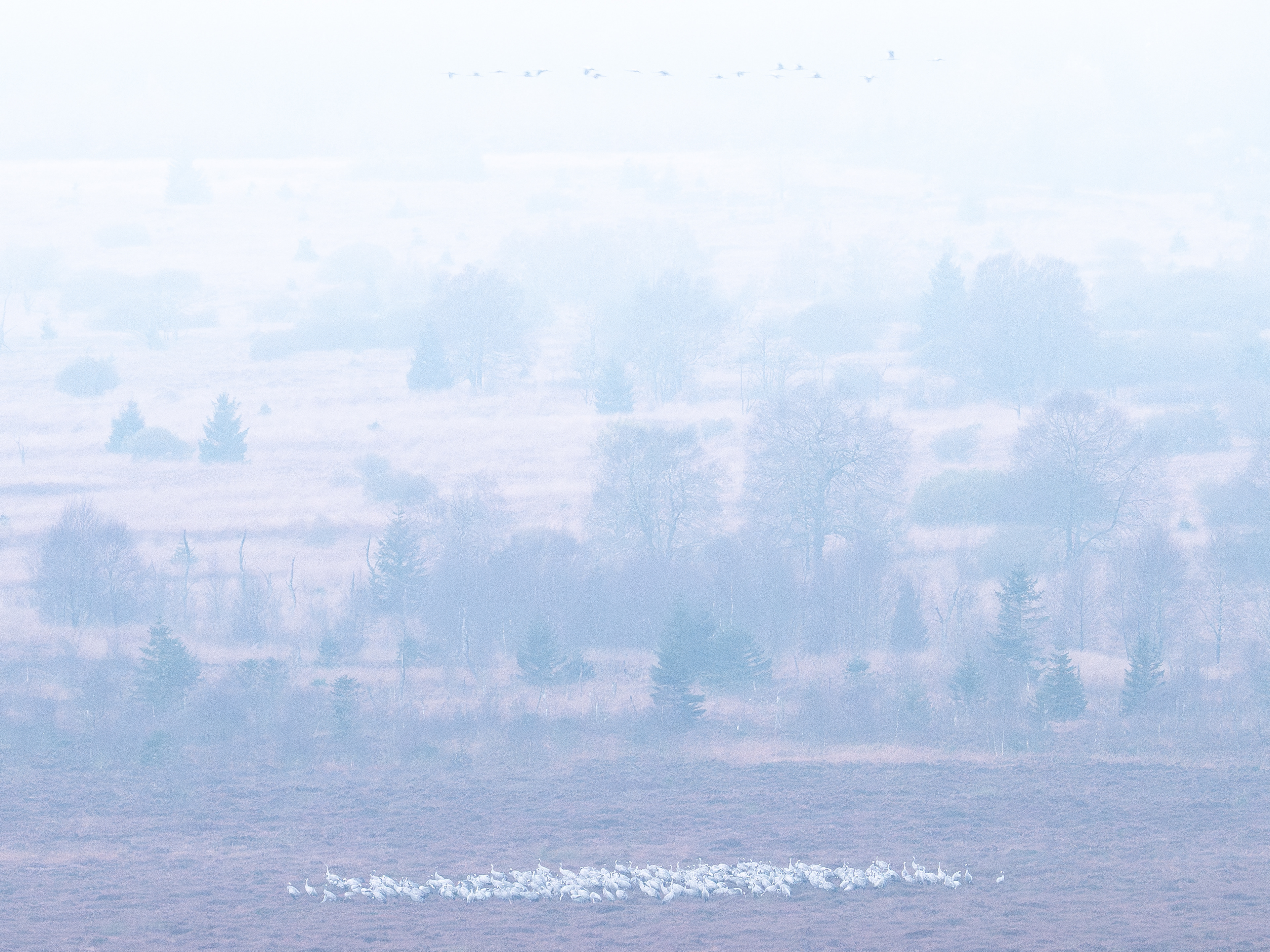
Lackeys of Winter
You can practically set your watch by it: sometime in late October or early November is crane season in Belgium. Thousands and thousands of these elegant birds migrate over the eastern part of our country. If you ask me, this is—by far—the most amazing spectacle in nature you can experience in Belgium. The High Fens, "the roof of Belgium," is the place to be! And the same happens in early spring, from late February to late March, when the cranes fly north again, trumpeting loudly. Here’s an ode to these mighty birds!
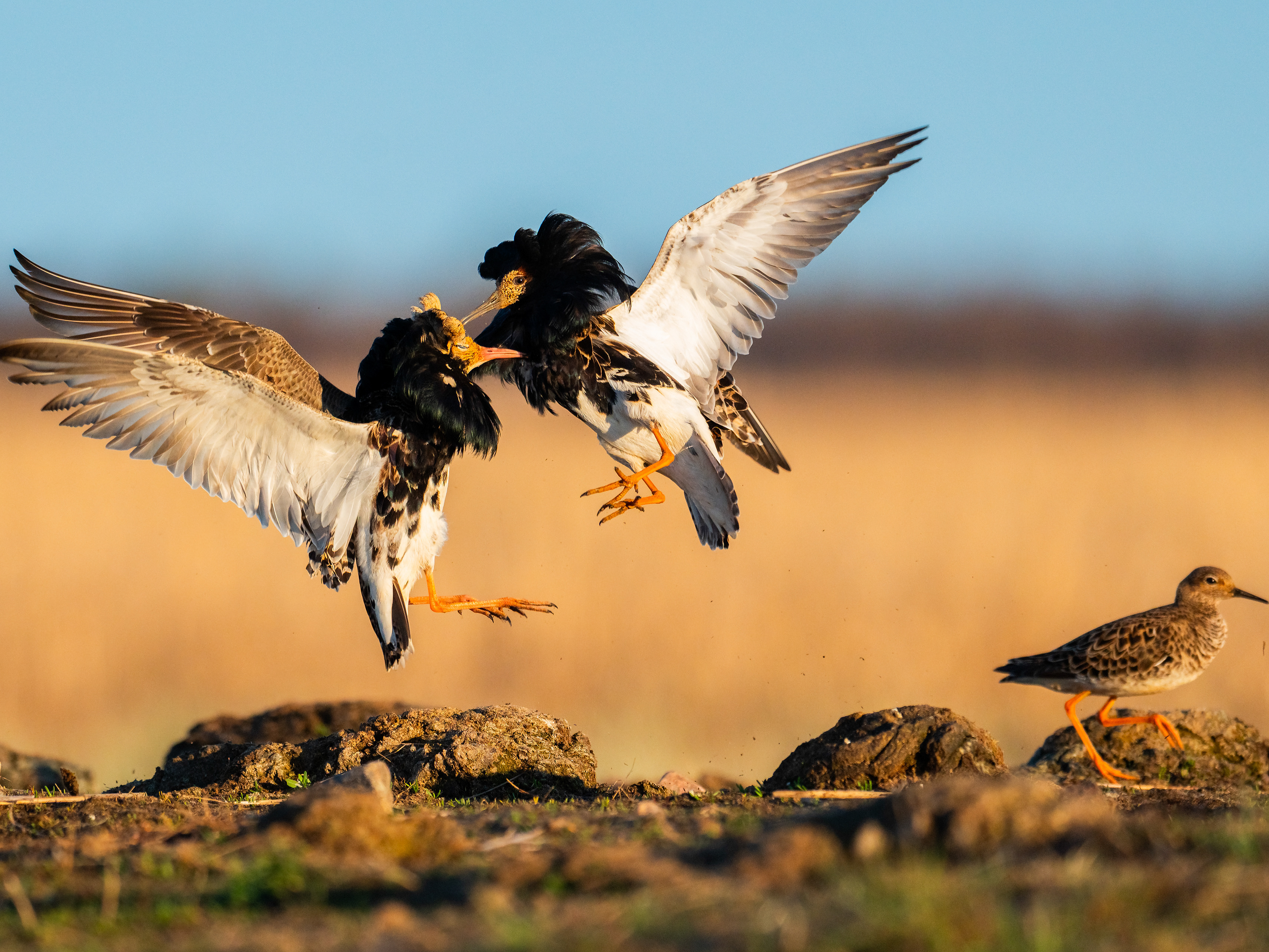
I am sexy and I know it
Jump for joy echoes through the boxes of the minibus. Although it is still early, around 7 a.m., the first part of our day is already behind us. The song aptly fits the behavior of the birds we observed some moments before. It is the ruff, a flamboyant wader species, that captures the imagination. The University of Oulu and the Max-Planck Institute conduct a lot of behavioral and ecological research here, aiming to understand the evolution behind this intriguing species. Many ornithologists dream of witnessing the courtship ritual of this species. I was lucky enough to be able to follow the goings-on of the testosterone-filled males closely. If you thought human relationships can be complicated, you haven't heard about the ruff!
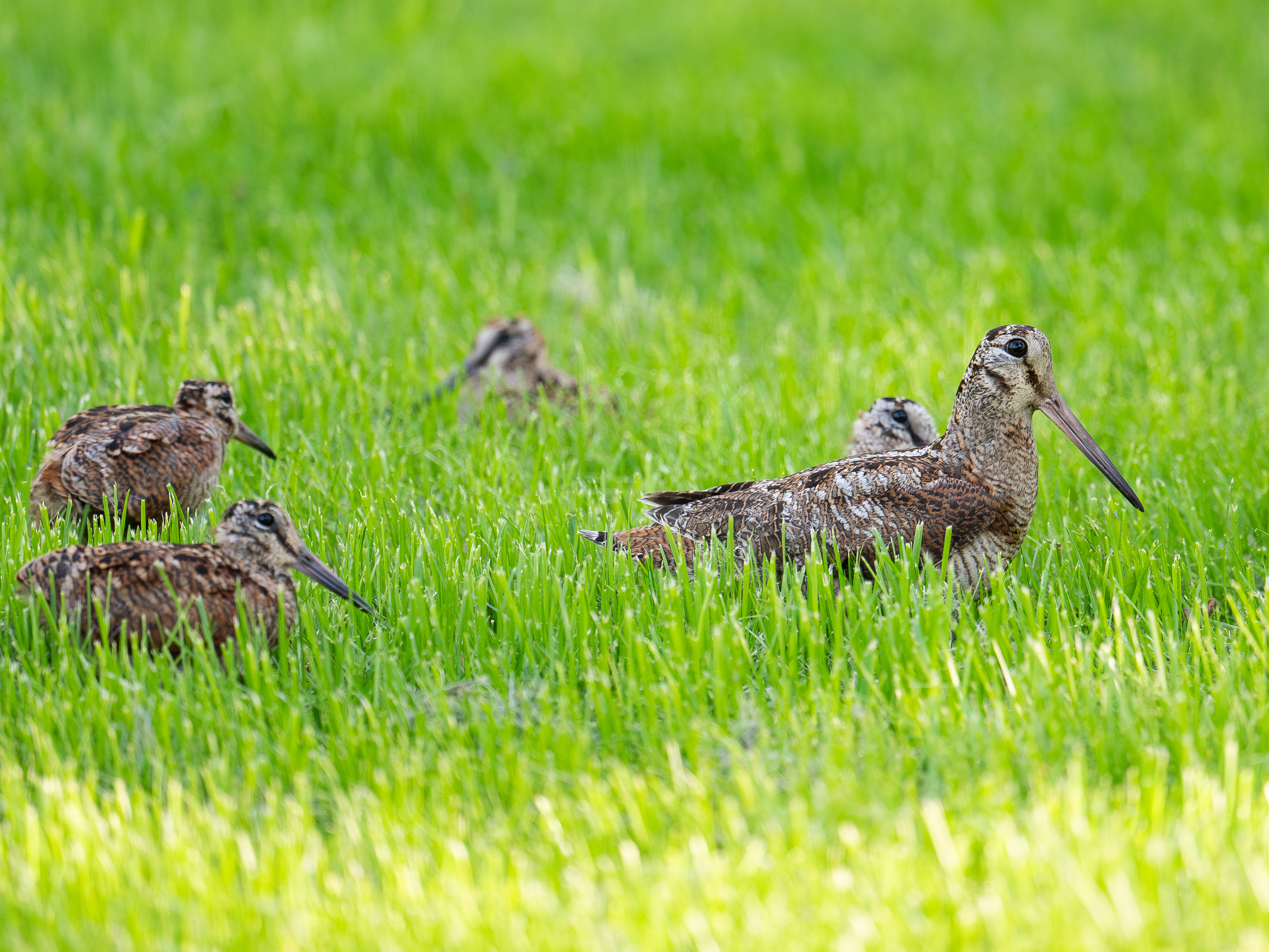
The weirdo woodcock
The woodcock is a strange bird, a weirdo. Many birdwatchers have seen this mysterious species. Often seen skimming over treetops in early spring, when the males are courting. While flying, they make a soft grunting sound that ends with a high-pitched "tnsiep!", reminiscent of a laser pistol sound. In winter, they even venture into gardens when it gets really cold, if you're lucky. Woodcocks are unique primarily because they breed in forests. This is quite unusual for wading birds, which we mainly know from open areas—think of godwits in meadows, for example, or sandpipers on mudflats during migration. Woodcocks usually remain under the radar. Except, that is, in early spring, when their reproductive instinct briefly overcomes their general shyness.
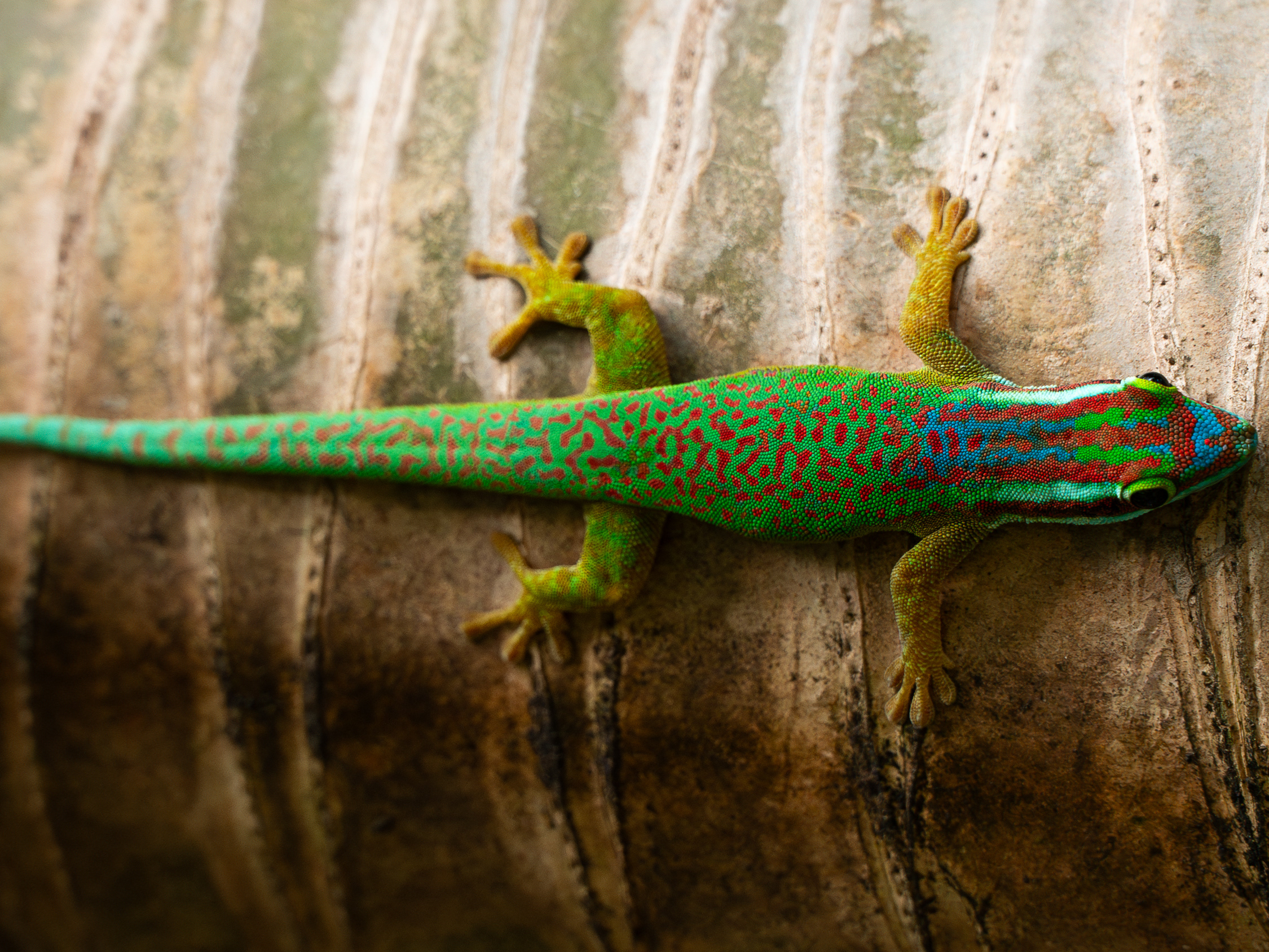
Réunion - L'ile intense part IX: the gecko village
When I wasn’t exploring the island on foot, I stayed with a friend in Manapany. This small, sleepy village on the south coast has little more than villas, a few hotels, and a natural swimming pool framed by volcanic rocks. But what makes Manapany truly special is its very own gecko: the Manapany day gecko, or gecko vert du Manapany. As a biologist, I’m drawn to organisms with unique stories — and this gecko is a perfect example.
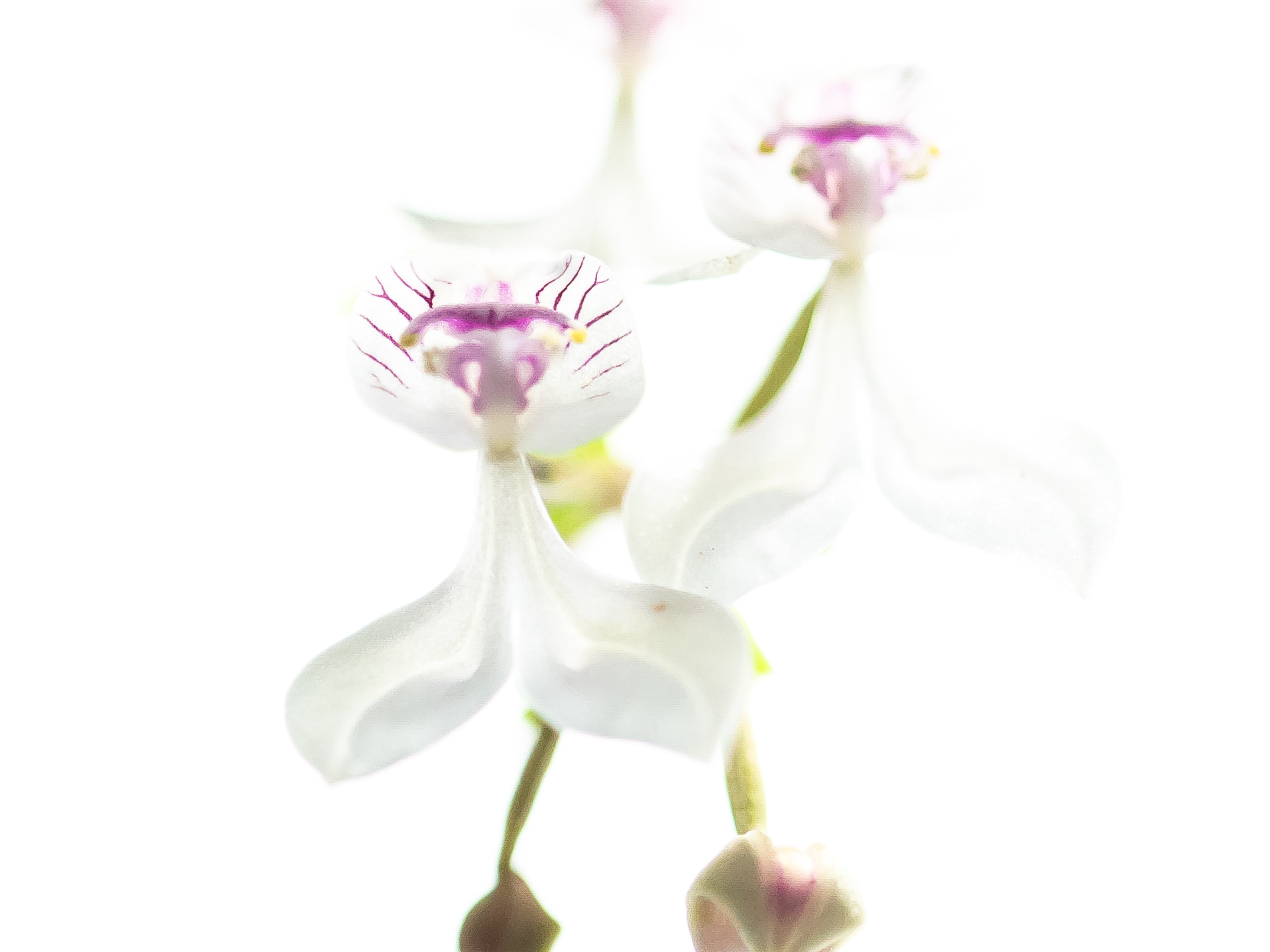
Réunion - L'ile intense part VIII: Flora Fantastica
For this post, we return to the mysterious forests of Réunion. My birdwatching to-do list was quickly reduced to the rarest species. Therefore, I also kept my eyes peeled for rare plants, especially orchids. By September, the dry, mild season was coming to an end. From November through April, the weather is much warmer, wetter, and stormier. This warm, humid weather creates the ideal cocktail for an enormous diversity of plants. Of the roughly 1,700 vascular plants, about 30% are endemic. Around 120 of them are orchids. Despite the less-than-ideal timing, I was still able to photograph three lovely species.
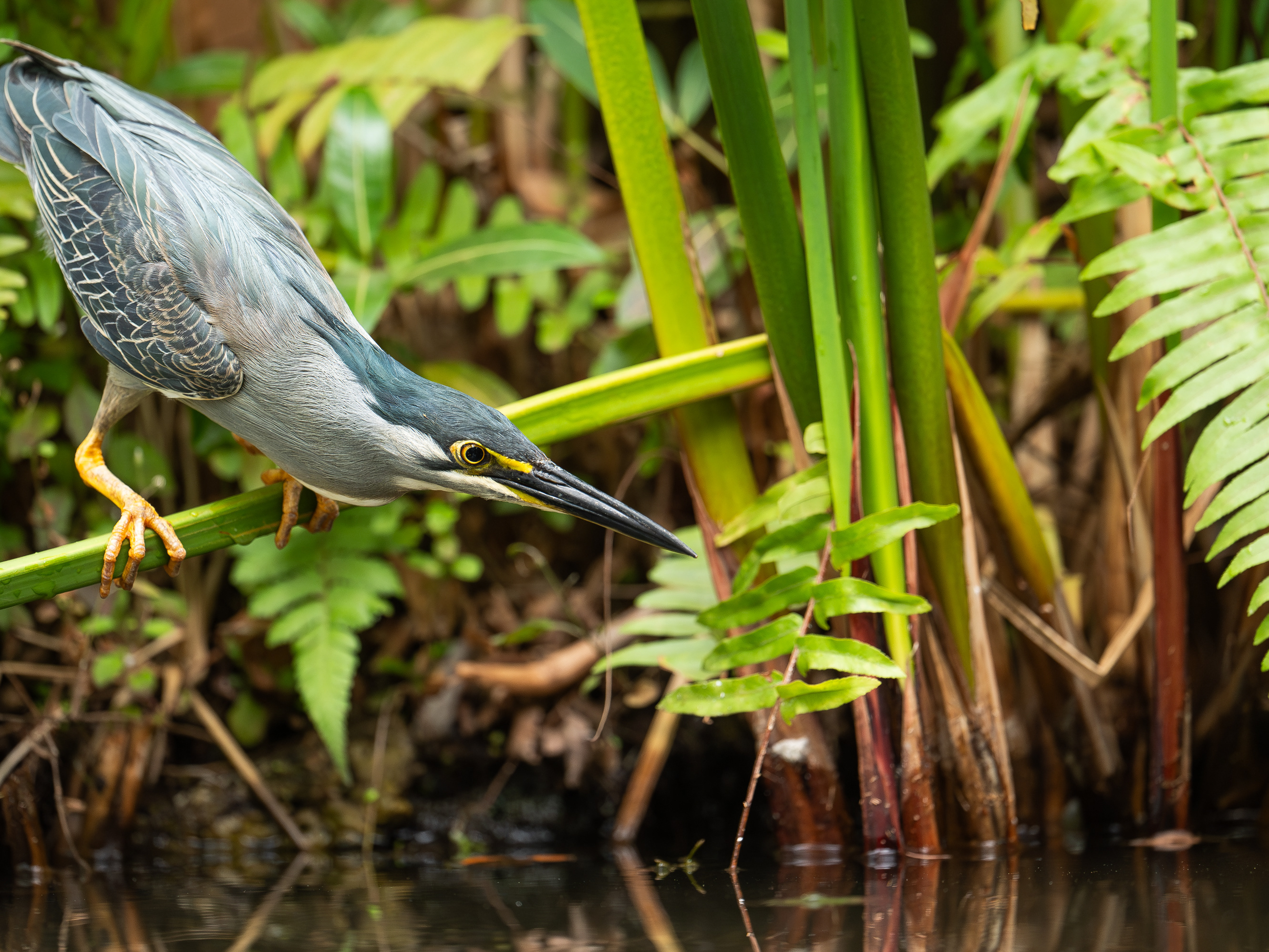
Réunion - L'ile intense part VII: Fishing Herons
For this next species, for once I didn't have to venture into the pristine forests. No, this striated heron enjoyed its life in the city park of Saint-Denis, the island's capital. Since it wasn’t shy in the least, I took the chance to snap a few close-up shots. Just then, an older man with a camera approached me. His name was Alain, a retired journalist who visited the park almost every day and seemed to know all the staff. Before long, as his latest discovery of the day—a young Belgian, of all people—I was introduced around. What started as a quiet break quickly turned into a lively little gathering
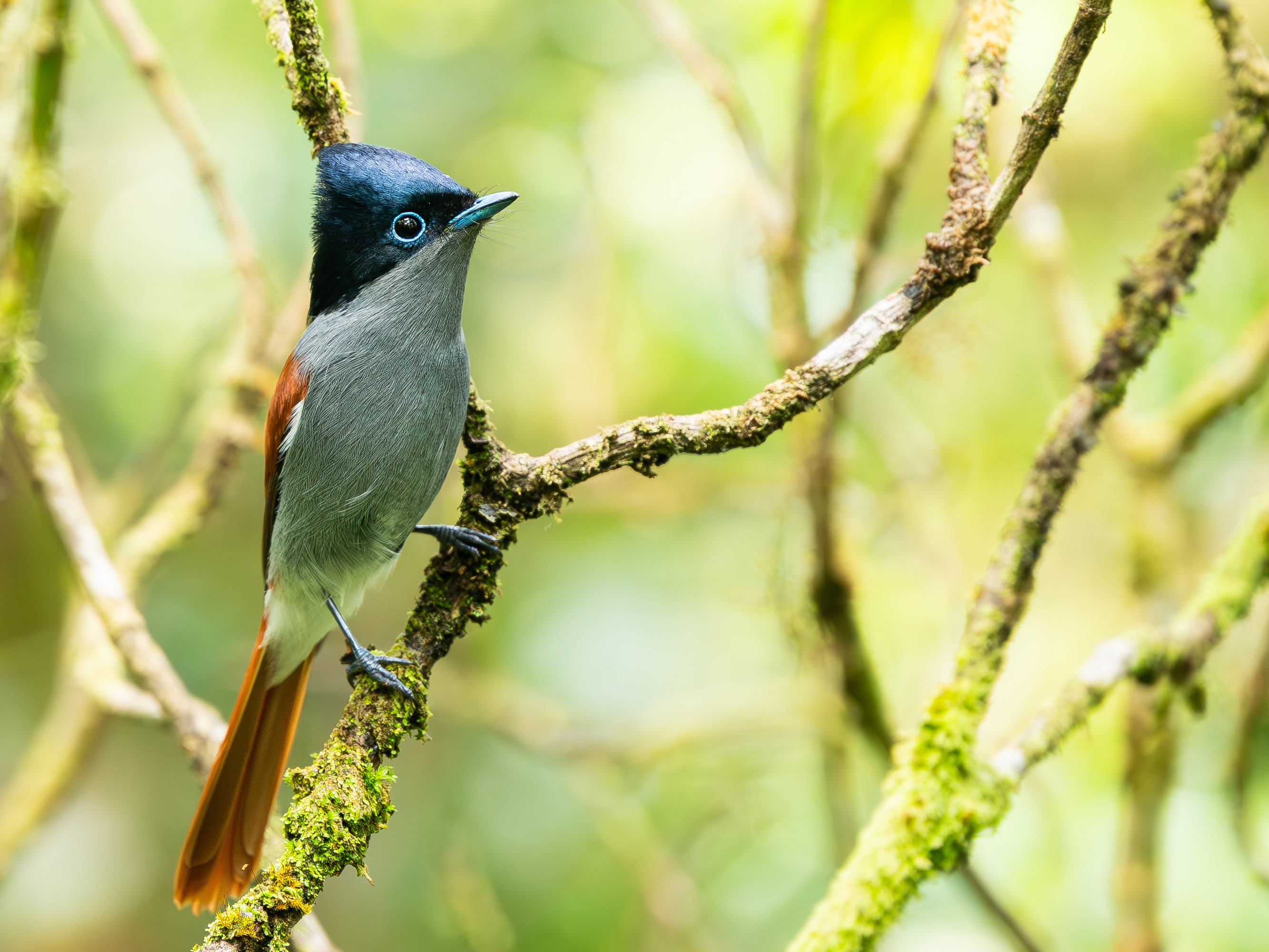
Réunion - L'ile intense Part VI: Braggers in the forest
This time we're heading into the cloud forests again, in our search for birds. Many of these species make a considerable noise, which helps attract females. A little show-off helps. One of these birds also feeds on nectar and has "glasses"! Three amazing birds to discover!
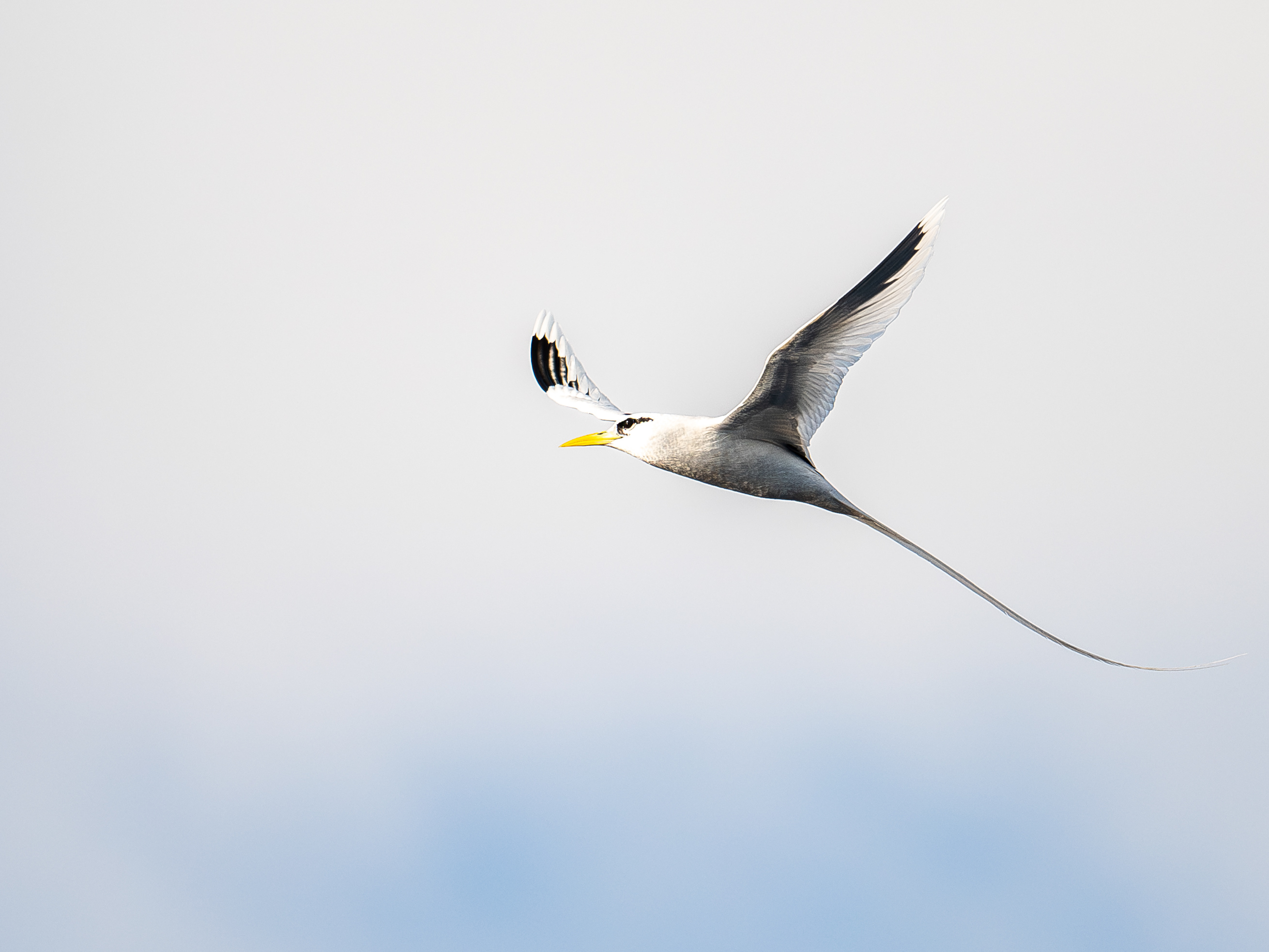
Réunion - L'ile intense part V: from waves to peaks
From now on, the series will highlight a unique animal or plant species I encountered on my adventures in Réunion. I'll start with two seabirds I had excellent opportunities to photograph during a "failed" whale-watching excursion, as we saw no marine mammals. Pelagic birds, as we call wandering seabirds, have always fascinated me. The yellow-billed tropicbird and the Barau's petrel both have a remarkable story.
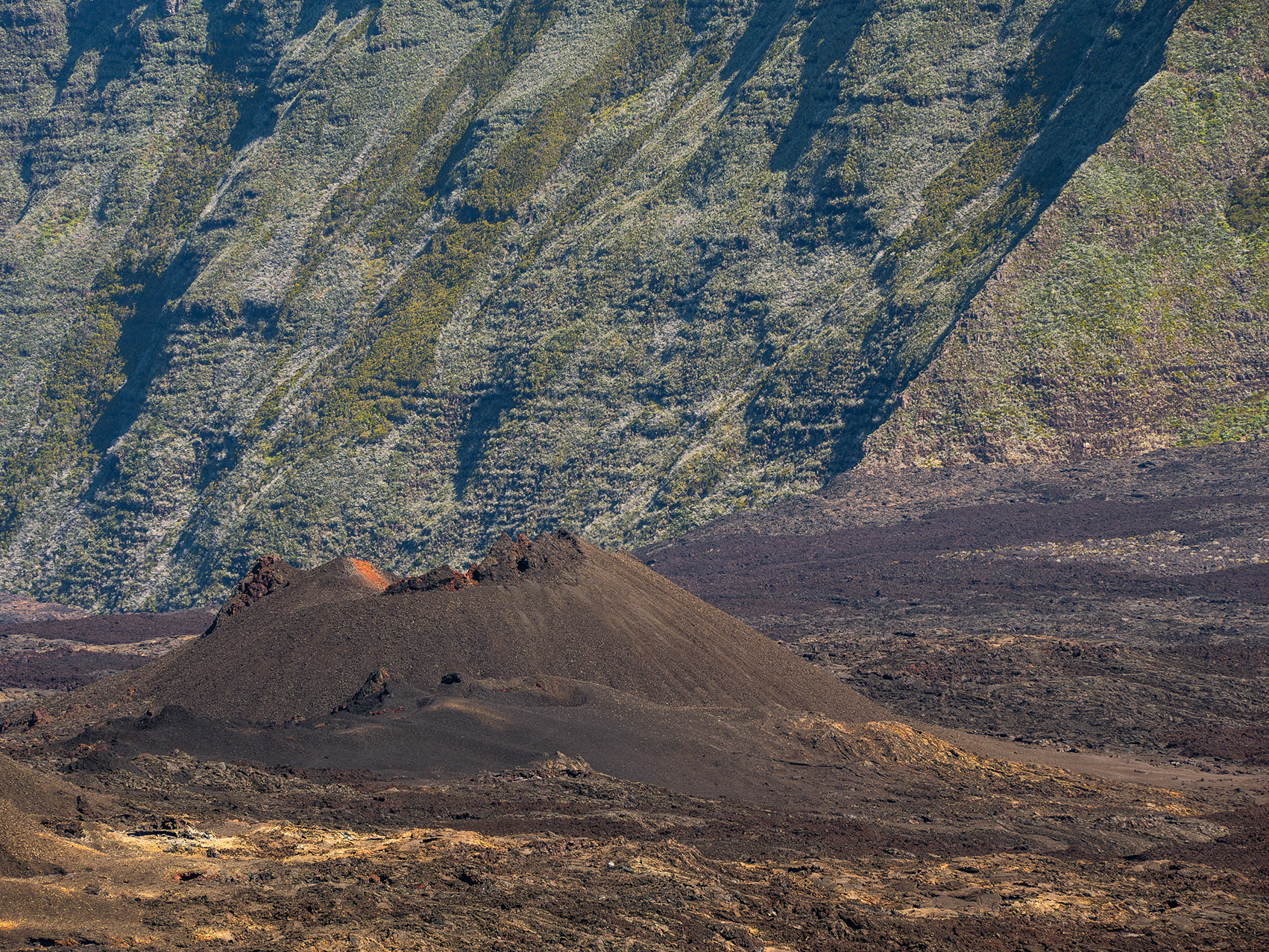
Reunion, l'ile Intense Part IV - Piton De La Fournaise
The final stage of the GRR1 takes us to the burning heart of Réunion: Piton de la Fournaise. This 2,631-meter-high volcano is one of the most active in the world. I dreamed of witnessing a small eruption. The moment when lava both scorches the land and creates new land is something I absolutely want to experience. On this trip, I had to make do with the scars of past volcanic activity, which also left a lasting impression on me.

Reunion, l'ile Intense Part III - Piton Des Neiges
After six days of hiking, we arrived in Cilaos. We (Amber and I) were impressed by the beautiful landscapes we had already seen. All the climbing and descending had been tough, and we had hardly gotten any rest. So, a visit to the pharmacist for sturdier knee braces for Amber came in handy. We also needed rest, as the sporting highlight of the trip was coming up: the ascent of the island's highest point, the Piton des Neiges. At 3,069 meters, this ancient volcano towers high above the island. The view from the top is said to be worth it — it was urgently time to experience it with our own eyes!

Reunion, L'ile intense Part II - Mafate
Imagine you are a criminal in exile or an escaped slave. Where would you go? On a quasi-uninhabited island, you seek out the most inhospitable places. This is precisely how human civilization found its way to Cirque de Mafate. Fortunately, the era of the slave trade is behind us, and we no longer send criminals into exile on remote islands. Yet people still live in Mafate - and yes, often they are descendants of escaped slaves. From the comfort of your seat, you might wonder why people still live in a place that can only be reached on foot (or by helicopter). But I can assure you: once you experience such a place for yourself, you understand all too well!
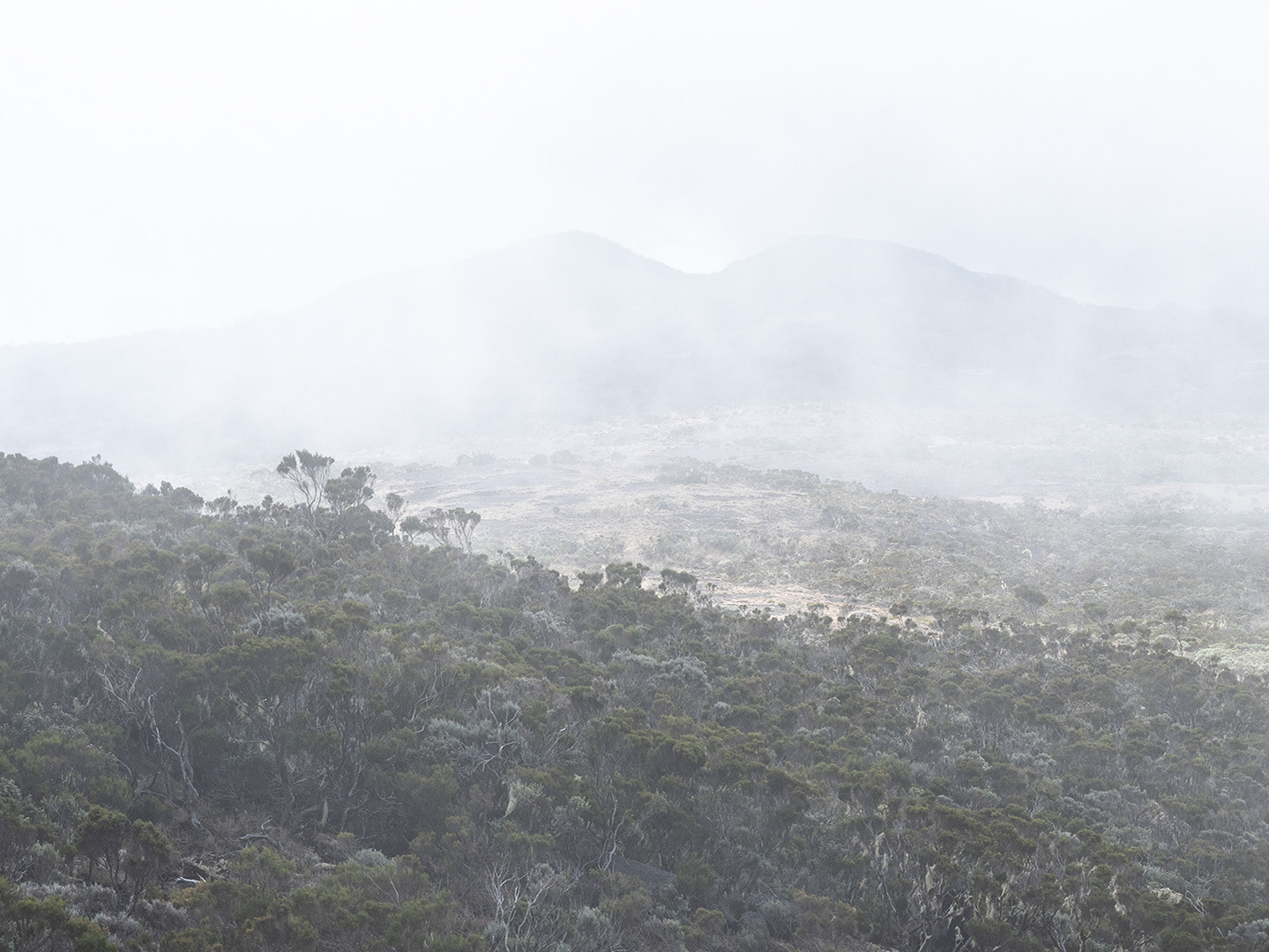
Reunion, l'ile intense part I: Roche Ecrite
Reunion is a volcanic island in the Indian Ocean, located between Madagascar and Mauritius. Due to its particular genesis and remote location, a unique flora and fauna community occurs here, creating unparalleled landscapes. This blog is the first part of a series discussing the highlights of this trip and focuses on Roche Écrite. This breathtaking landscape was the first highlight of the GRR1, a famous long-distance hiking route that crosses the island from north to south and which I walked myself.
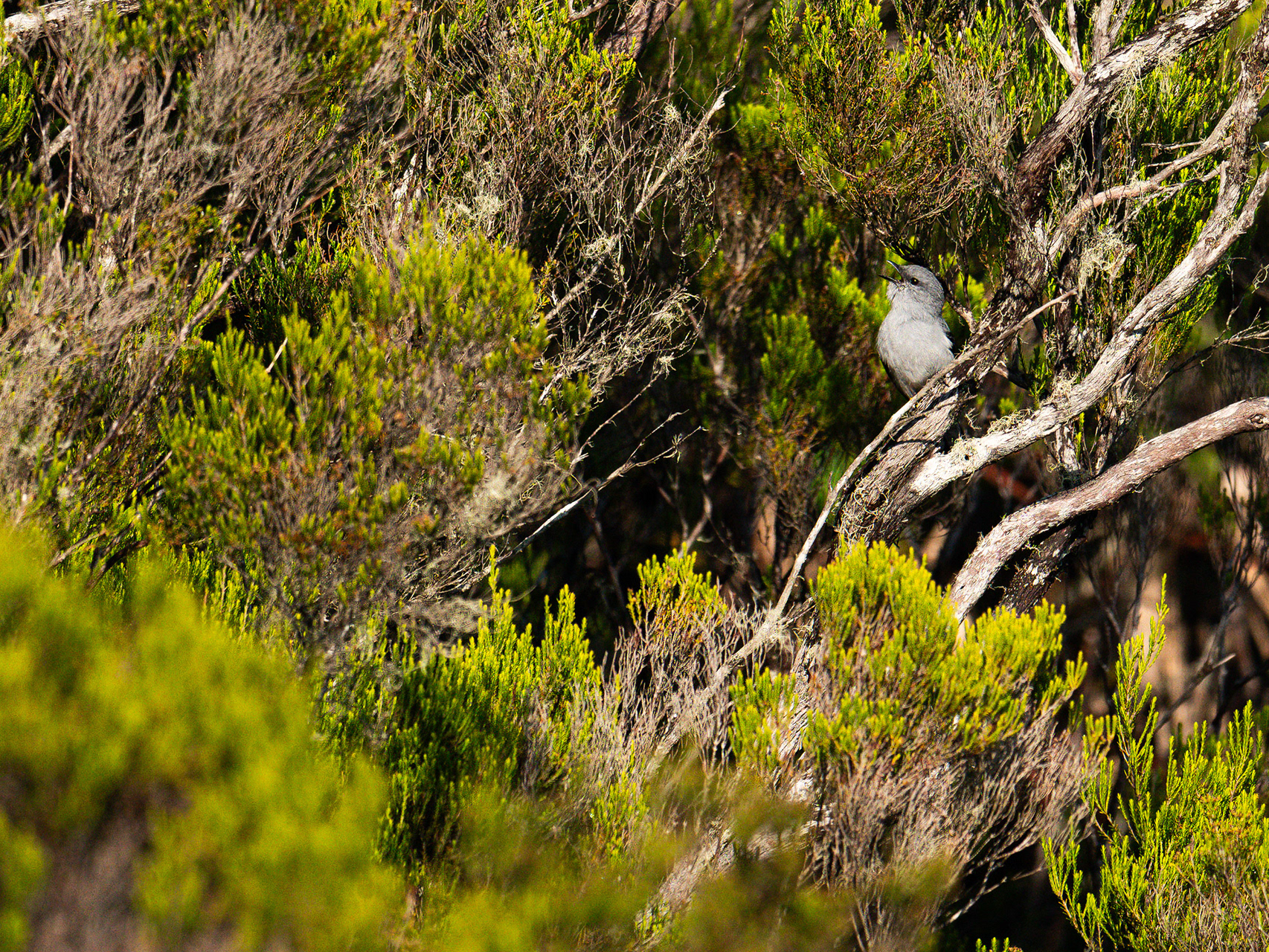
SOS tuit-tuit
When I planned my trip to Reunion, my goal was to see as many bird species as possible. Réunion's bird diversity is relatively modest, with around 50 bird species, including 8 to 10 endemics, depending on whether subspecies are counted. Many introduced species, such as the Japanese nightingale and the red-whiskered bulbul, inhabit the island too. Frankly, Réunion's ecosystem is no longer as pristine as it was when humans did not know of its existence. One species that immediately caught my eye - despite its seemingly unremarkable plumage - was the Réunion cuckoo-shrike, known locally as the tuit-tuit. This species is listed as Critically Endangered on the IUCN Red List. I was lucky enough to observe one. I discovered that it is not just a bird but a creature with a remarkable story!
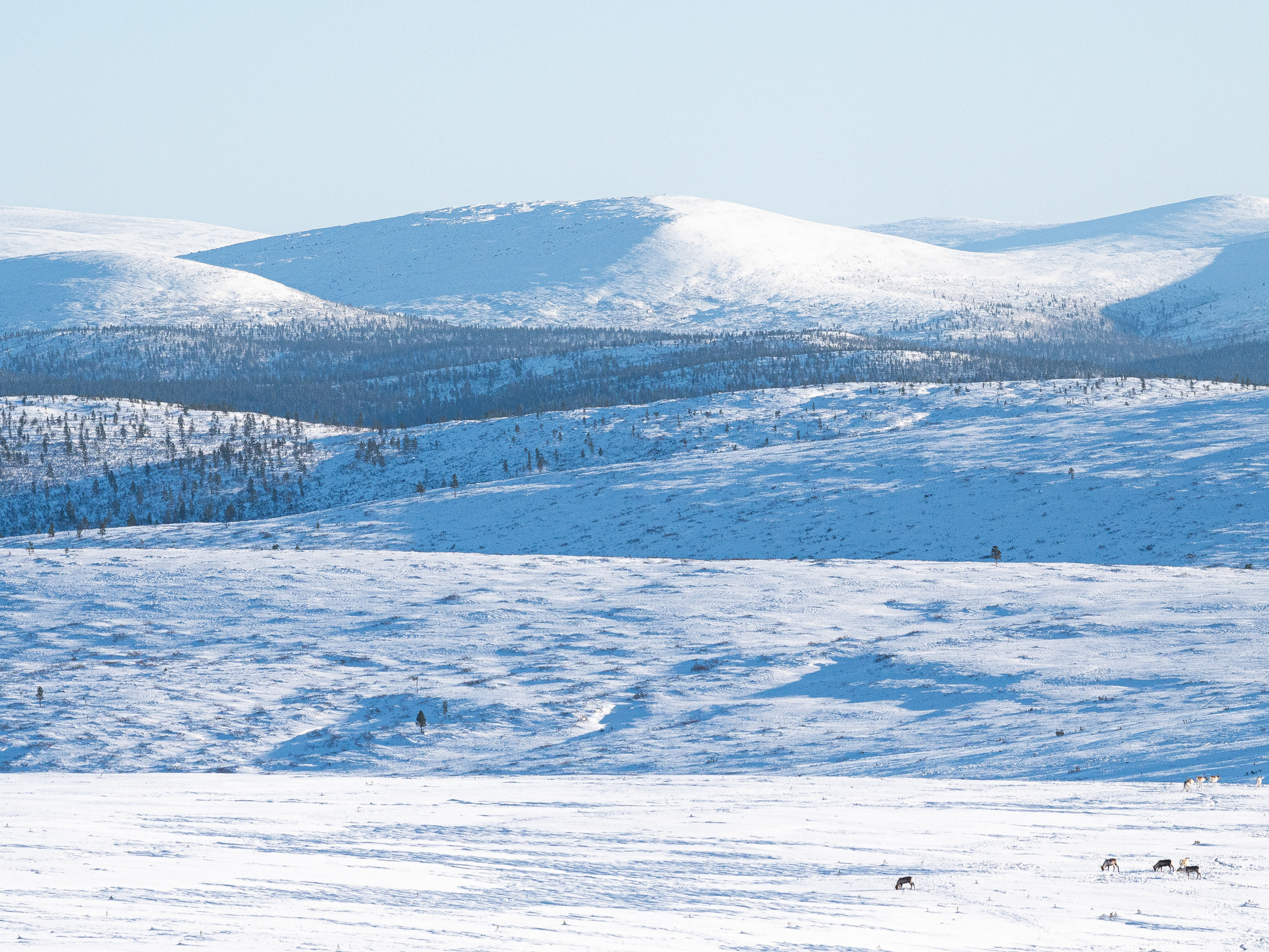
Listening to the lure of wilderness
Lapland is known for its vast, untouched nature. You can still find vast wilderness here. You can immerse yourself in nature and shut yourself off from everything that has to do with civilization—maybe a radical idea, but one that appeals to me in a certain way. An escape from the information storm where you find yourself in everyday life. No news, no messages, no cute cat videos on YouTube, and so on. Something difficult to achieve in practice. During the last week of October, I did a 6-day sole hike in the Urho Kerkkonen National Park, an approximately 2,550 km² extensive, largely untouched wilderness. The ideal way to seek out in the wilderness for the first time - or maybe more correctly to listen to the lure of the wilderness.
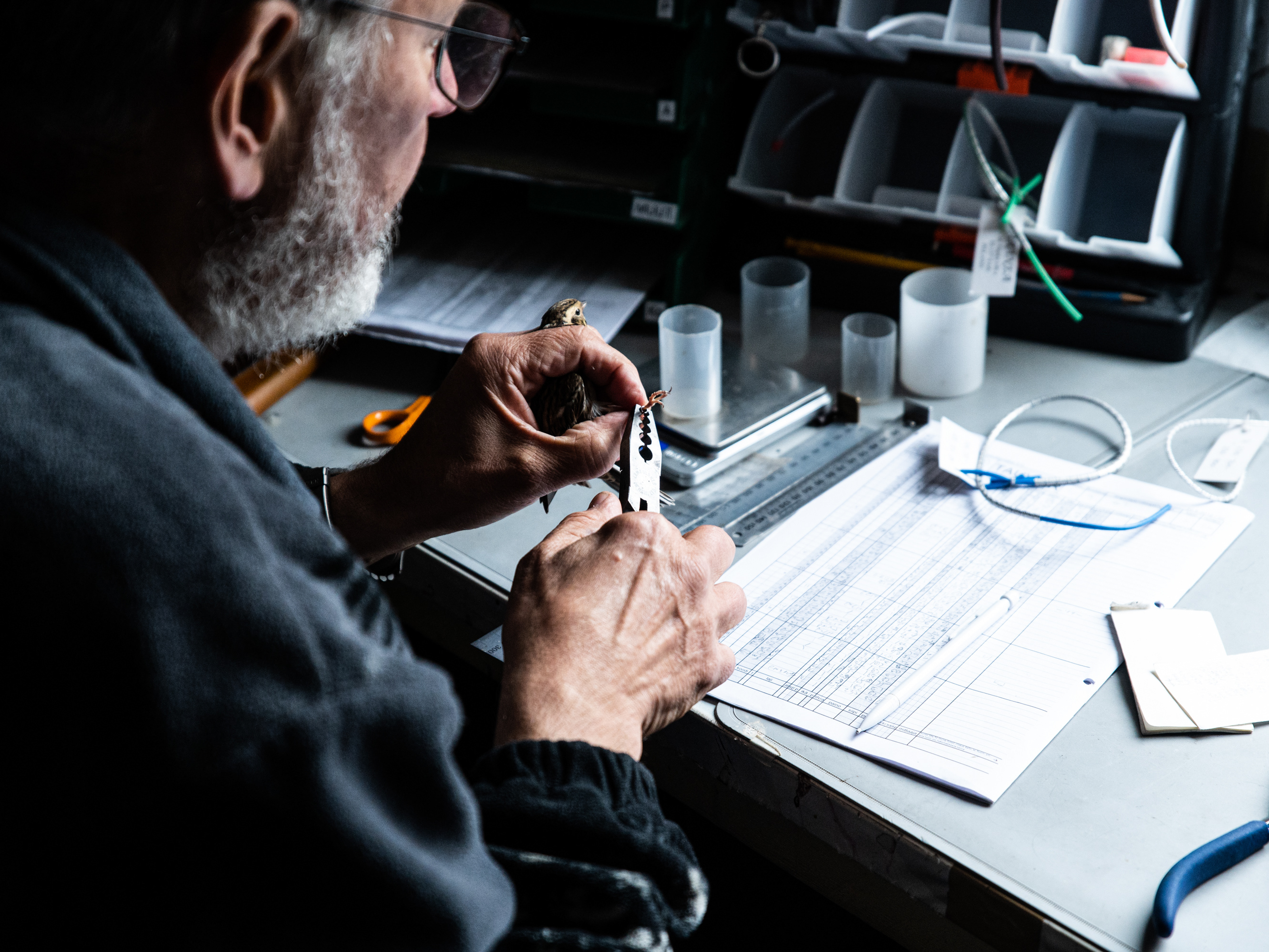
Bird ringing at Tauvo
One of the most widely used methods to study bird migration is bird ringing. In Tauvo, a hamlet about 50 km from Oulu, they started ringing in the 1970s. I got the chance to visit the station twice in autumn 2021. Below I explain how ringing works, and why Tauvo is such a special location.